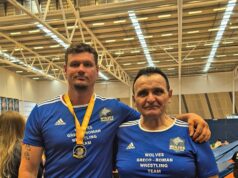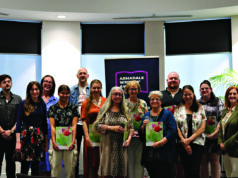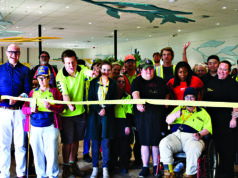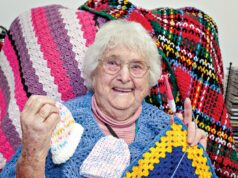For more than 40 years, a Gosnells family has carried the weight of a tragedy and a mission to prevent it from happening to anyone else.
In 1982, a local boy named Malcolm died suddenly and without warning.
He was just six years and 11 months old, healthy and full of life, delivering newspapers with his father just days after the family noticed signs of recent weed spraying in the area.
The yellowed grass, slick surface on water, and lack of signage left them with questions they never stopped asking.
His sister, Lara Warwick, who still lives in Gosnells, stated the council, at the time, later confirmed it had sprayed Vorox AA, an herbicide containing amitrole and atrazine, shortly before his death. She said a local vet and a doctor mentioned other animals and children had been affected around that time, but the family never had access to formal evidence.
An autopsy later revealed the presence of a pesticide known as Vorox AA in Malcolm’s body, prompting his parents to call for the inquest into his death to be reopened.
The couple maintained that council spraying practices at the time may have played a role in their son’s death.
Driven by grief and concern for other families, Malcolm’s parents raised a petition and lobbied the City through the local Ratepayers’ Association. His mother painted warnings on a footpath to alert others. The council, at the time, threatened legal action, though the case was eventually dropped.
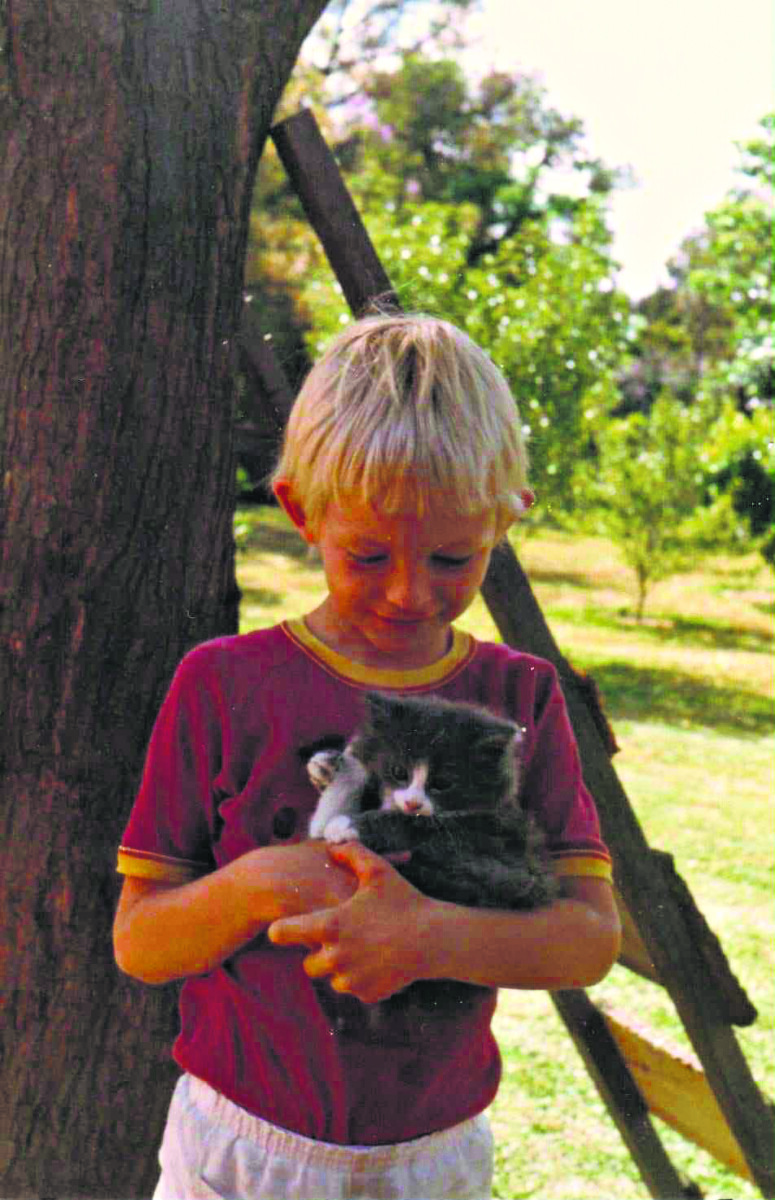
“We grew up in the middle of it all,” his sister said. “Advocating for this has been my life. I’ve lived with the devastation every day.”
Her family continued to write letters, educate others, and speak out. She later founded awareness groups including ‘The Malcolm Project and Pesticide-Free Gosnells’. She has also contributed submissions to Parliament and is working on a new petition while raising young children of her own.
Malcolm’s memory still lives at Wirrabirra Primary School, where he was a student. After his death, the school installed a plaque on the door of the new library, a building he was excited to see being built.
Over the years, Lara has continued to raise concerns about weed spraying practices in the community. She mentioned her complaints have often gone unanswered, and the family has felt isolated despite receiving support from the public.
As part of her advocacy, Lara has shared research into safer, non-chemical weed control methods. One article from the Maine Department of Agriculture, Conservation and Forestry explains how radiant heat weeders use infrared technology to destroy weeds by boiling the moisture in their cells, avoiding the need for chemical sprays.

She also pointed to examples in Queensland, where cotton farms are using precision technology like “Weed-It”, an infrared camera system that detects chlorophyll and targets individual weeds, reducing herbicide use by up to 40 percent. Lara hopes these alternatives will gain more traction locally as awareness grows.
Responding to the Examiner Newspapers, the City of Gosnells said it uses a mix of manual, mechanical and chemical methods to manage weeds in public spaces, with glyphosate as the main chemical used.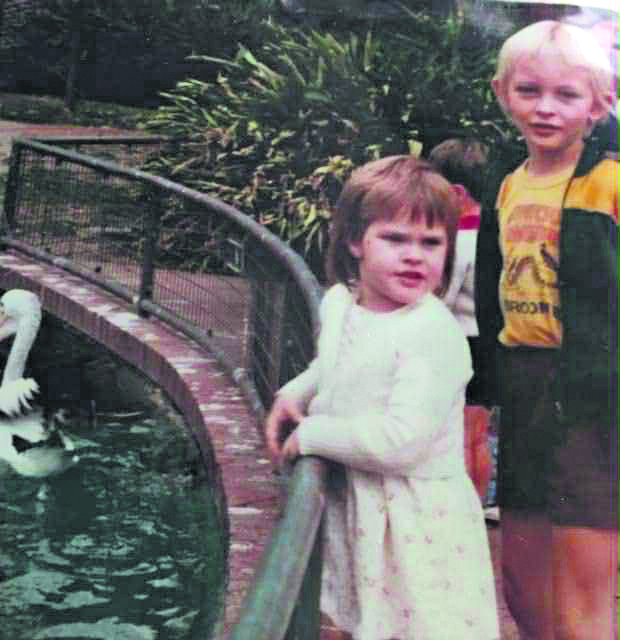
Mayor Terresa Lynes said all products used by the City are government-approved and applied in line with strict safety protocols, including personal protective equipment, signage, and marker dye to prevent overapplication.
“The City’s spraying practices continue to evolve to ensure the City is adopting best practices approaches,” she said. “Our approach to chemical weed control has become far more rigorous in recent years.”
The City also keeps a spray register and allows residents to join a ‘No Spray’ list if they prefer not to have chemicals used near their homes.
Mayor Lynes confirmed the City has considered alternative methods, such as steam or hot water treatments, but said these are currently limited to high-visibility areas due to cost and effectiveness.
“The City is not aware of any historical incidents or claims directly related to herbicide use by the City dating back to the 1980s,” she said.
Lara’s fight has always been about awareness and accountability. She hopes the community will continue to ask questions and explore safer alternatives.
“My parents divorced and my dad never recovered. Our family didn’t survive, but I stayed in Gosnells because I never wanted to leave unless things changed,” she said.
“Even now, walking past the school he loved and the parks he played in, it brings everything back.”



